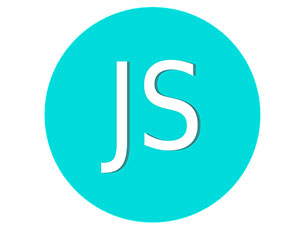2017’s Top 5 JavaScript Libraries for Web Development

The presence of JavaScript is necessary for the development of any application/website. One more thing folks, it is a common tendency of people to get confused between Java and JavaScript, but let me make it clear, they both are absolutely different.
Java is an object-oriented language, while JavaScript is a scripting language. JavaScript library is a library pre-written in JavaScript.
Why use JavaScript Libraries?
It may seem like the most basic question, but still, let us know the logic. ‘Through JavaScript libraries, programmers can integrate JavaScript with other web development technologies’.
For instance, JavaScript along with CSS helps in creating dynamic web pages; hence JS is considered the most reliable choice during front-end development.
jQuery and React are the most popular JavaScript libraries that are used by web developers.
In the following section, we will learn about the most popular JavaScript libraries that are making rounds around every web developer community.
- D3.JS
- D3 short for Data-driven documents is a JavaScript library employed for manipulating documents based on the data. Or if you like a much more technical clarification then along with various web standards such as HTML5, SVG, and CSS, D3.JS is used for creating interactive web data in the browser.
- Of the two development process, the D3.JS library is utilized in front-end development, where the necessary data is accessed from the back-end.
- Graphs, charts, well, create perfect visual elements for your website through a simple action. Attach the required data to DOM element, while using the necessary web standards to make the data aesthetically pleasing.
- NODE.JS
- A library that provides a dedicated run-time environment for server-side and networking applications, Node.JS is open source and cross-platform compatible.
- Node.JS, you cannot call it either a library or framework but a run-time environment would suffice. JavaScript has always been a part of client-side programming, but now with Node.JS, it is also being employed for server-side programming.
- The Node.JS is based on Chrome V8, which is Google’s open source high-performance JavaScript engine. With Node.JS one can easily expect a good boost in terms of speed and performance.
- Through non-blocking I/O API, the Node.JS executes the commands in parallel thus optimizing the throughput and scalability aspects of an application.
- RIOT.JS
- A component-based UI library, Riot.JS extensively supports the concept of reusability. Similar, but more advanced than polymer and react.JS, this library is comparatively compact and has less number of features.
- Under Riot.JS, one can witness human-readable, custom HTML tags being reused across multiple web pages.
- CREATE.JS
- Through HTML5 and the modular libraries of Create.JS, one can easily develop interactive content on open-source web technologies.
- Here by keeping HTML5 as a common standard, the other four Create.JS libraries are to be used in tandem for building custom features. Easel.JS, Tween.JS, Sound.JS, and Preload.JS are the four main libraries under the Create.JS.



 +91 8277203000
+91 8277203000
